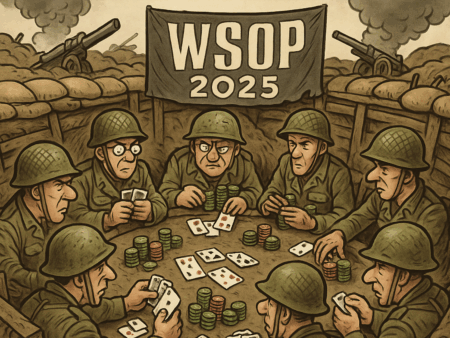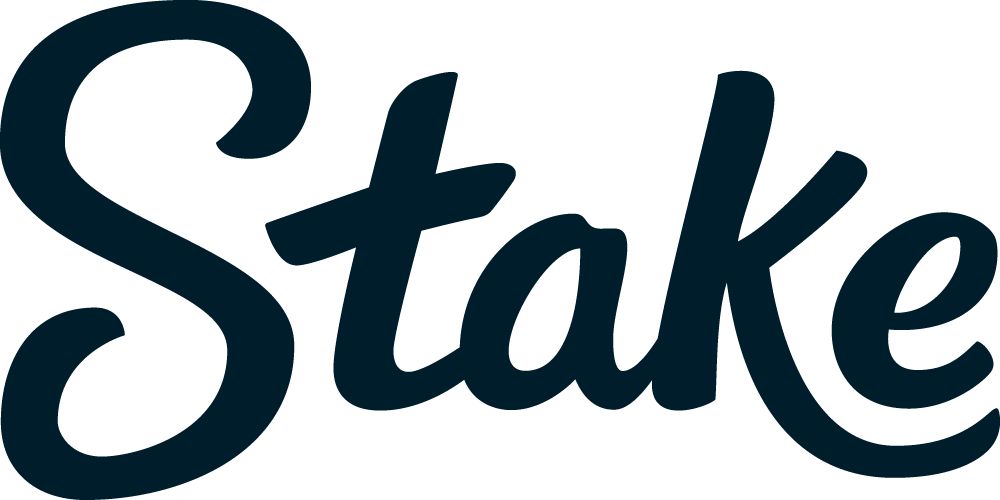
Most players know they should 3-bet – but which 3-bet? The gap between a linear and polarised 3-bet strategy is where a ton of EV hides. Get it right and you punish wide opens, protect position, and make post-flop easy. Get it wrong and you bloat pots with the wrong hands or torch fold equity with bluffs that should’ve been flats.
This article turns that choice into a simple, repeatable framework. Here I’ll anchor to the levers that actually move the needle – position (IP/OOP), opener’s range (tight vs wide), stack depth (30–60 BB), villain tendencies, and ICM – and show how to toggle between linear (strong, continuous band) and polarised (premium + blocker bluffs) without guessing.
If you take away anything from this study, then let it be this one-line rule: OOP vs wide – Linear; IP vs tight – Polarised.
- Read more: Hand Breakdown Poker Legends Series: 2025 WSOP Main Event Champ Michael Mizrachi
- Read more: Board Texture Mastery: The Missing Edge for Pro-Level Play
When to use Linear 3-bets
You build a continuous band of value hands – top down, no gaps – because you expect to get called and you want to dominate those calls.
- OOP vs a wide opener (SB/BB vs CO/BTN). Don’t flat junk OOP and let them realise: punish them with hands that play well when called such as (SB vs BTN 50BB): 88+ AJo+ ATs+ A5s KQs KJs QJs.
- Villain calls 3-bets a lot (live fields, busy with sticky regs). Use hands that crush their calling range; skip fancy bluffs.
- You want to isolate (cold-caller risk). Linear keeps dominated hands in a heads-up pot.
- ICM favours you (when you cover). Add more value, trim bluffs; make their medium pairs/broadways fold pre or suffer post flop.
- 30 – 60 BB OOP. Post flop is tougher OOP – linear keeps your 3-bet/call node strong and reduces “call-and-guess” spots.
Sizing: go bigger OOP (≈ 3.8-4.2x their open). You’re happy when they call.

When to use Polarised 3-bets
You 3-bet very strong hands and a few blocker bluffs, while calling your playable mediums – because you expect to get folds or play IP.
- IP vs a tight early-position open (BTN vs UTG/HJ). Keep premiums in the 3-bet, flat the mediums, add A5s/A4s as blocker bluffs.
Example (BTN vs HJ 60BB): 3-bet QQ+ AK + A5s/A4s; flat TT-JJ, AQ, KQs. - Villain over-folds to 3-bets. Blocker bluffs print; mediums realise better as calls IP.
- You have post-flop edge IP, deeper stacks. Flat mediums, 3-bet nuts + blockers.
- ICM when you’re covered. Polar at low frequency or flat more; don’t linear-bloat pots vs stronger ranges.
Sizing: smaller IP (≈ 3.0–3.2x). Bluffs rely on fold equity; mediums stay in the call range.
Sizing standards
- Opens: IP 2-2.2x; EP/OOP 2.2-2.5x
- 3-bets: IP 3.0-3.2x; OOP 3.8-4.2x
- 4-bets (non-all-in): IP 2.2-2.4× the 3-bet; OOP 2.4-2.7×
- 30-40BB jam candidates: Value = JJ+ AK; Bluffs = A5s–A4s (select)
Quick decision checklist
- Position: OOP – linear. IP – polar (esp. vs tight EP).
- Opener’s range: Wide LP – linear. Tight EP – polar.
- Villain tendencies: Calls a lot – linear. Folds a lot – polar.
- ICM: You cover – more linear/value. You’re covered – polar lower frequency / flat more.
- Depth: 30-60BB OOP – linear. 50-100BB IP – polarise and flat mediums.
Concrete examples (plug-and-play)
- SB vs BTN (40-60BB): Linear 3-bet 88+ AJo+ ATs+ A5s KQs KJs QJs; few flats.
- BTN vs CO (50-60BB): Polar 3-bet QQ+ AK + A5s/A4s; flat TT-JJ, AQ, KQs/QJs/JTs.
- BB vs BTN (40-60BB): Mostly linear 3-bet (99+ AQ+ KQs/KJs QJs); wide calls; sprinkle A5s-A2s bluffs.
- BTN vs HJ (30-40BB): More 4-bet/jam with JJ+ AK; use A5s as bluff 4-bets; call the mediums.
Exploit toggles for live fields & ICM
- Sticky callers: shift more linear; trim bluffs, size up OOP.
- Fold-happy regs: add polar bluffs IP (A5s/A4s), keep mediums in flats.
- As Chip Leader: widen value 3-bets and pressure mediums; consider oversized SB opens vs 8-20BB blinds.
- When covered: flat more IP, polarise less often; avoid bloating pots against tight ranges.
Why this works
Linear and polar aren’t opinions – they’re responses to incentives. If they continue a lot, you want hands that crush their continues (linear). If they fold a lot and you’re IP, you want blockers in your raising range and your mediums realising as calls (polar). Fit the strategy to the spot, and your preflop plan feeds you profitable flops instead of problems.
























